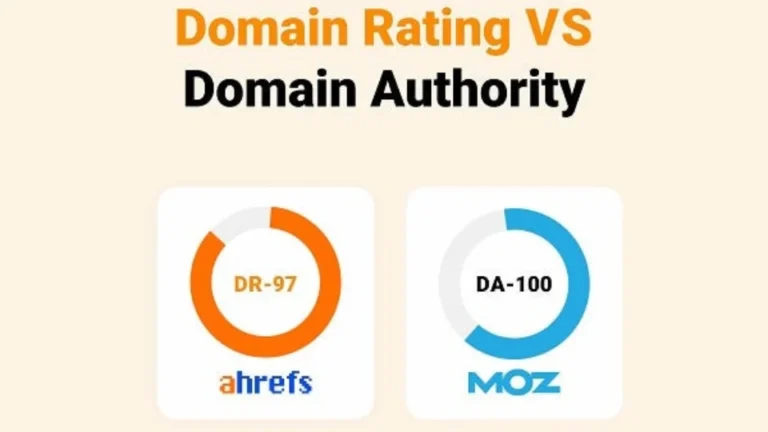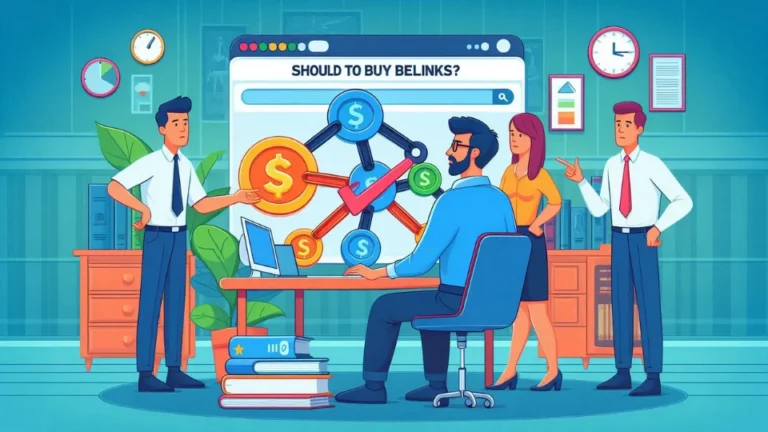What Is White‑Label SEO? The Secret Strategy Helping Agencies Grow in 2025
Search‑engine optimization is a must‑have service for any digital marketing agency, yet building an in‑house SEO department can drain budgets and delay go‑to‑market plans. Enter white‑label SEO—a behind‑the‑scenes partnership model that lets agencies resell expert search services under their own brand. This comprehensive, 1 500‑plus‑word guide explains what white‑label SEO is, why it matters, how it compares to other resourcing options, and how you can use it to scale profitably.
Table of Contents
- What Does “White‑Label SEO” Mean?
- How White‑Label SEO Works Behind the Curtain
- Core Services Typically White‑Labeled
- Comparison Table: In‑House vs. Freelancer vs. White‑Label SEO
- Five Big Benefits for Growing Agencies
- Pros and Cons of White‑Label Partnerships
- Step‑by‑Step Blueprint to Launch White‑Label SEO Services
- Frequently Asked Questions
- Conclusion and Next Steps
1. What Does “White‑Label SEO” Mean?

White‑label SEO is the practice of hiring an external provider to plan, execute, and report on search‑engine optimization while allowing your agency to brand every deliverable as its own. Clients see your logo, and you manage the relationship, but experienced SEO specialists handle the technical and creative work in the background.
Key characteristics:
- Rebrandable reports with your agency’s name and colors
- Service tiers you can mark up for healthy margins
- Confidential contracts protecting client lists and strategies
- Scalable workforce without full‑time payroll risk
2. How White‑Label SEO Works Behind the Curtain

- Client signs an SEO package with your agency.
- You collect intake data—industry, target keywords, website access.
- You brief your white‑label partner through a shared portal.
- The partner conducts research, optimizes pages, builds links, and compiles reports.
- All output carries your branding and is delivered to you for final review.
- You present results to the client, manage strategy tweaks, and upsell new services.
3. Core Services Typically White‑Labeled

| Service | What It Entails | Why It’s Ideal for White‑Label |
|---|---|---|
| Keyword research | Volumes, intent mapping | Tool‑heavy, repeatable |
| Technical audits | Crawl errors, schema, speed | Requires deep expertise |
| On‑page SEO | Title tags, meta descriptions, internal links | Template‑driven, scalable |
| Content briefs & writing | Topic outlines, optimized articles | Labor‑intensive, can be standardized |
| Link building | Outreach, guest posts, citations | Time‑consuming; partners have networks |
| Local SEO | Google Business Profile, citations | NAP consistency benefits from software |
| Monthly reporting | Dashboards, KPIs, insights | Automatable with branding layers |
4. Comparison Table: In‑House vs. Freelancer vs. White‑Label SEO
| Factor | In‑House Team | Freelance Contractors | White‑Label Agency |
|---|---|---|---|
| Up‑front cost | High (recruit & hire) | Low | Medium |
| Ongoing overhead | Fixed salaries | Variable | Variable |
| Skill coverage | Depends on hires | Varies widely | Full stack team |
| Scalability speed | Slow | Moderate | Fast |
| Quality control | Direct | Limited | Service‑level agreement |
| Branding control | Full | Limited | Full |
| Risk if client churns | High payroll burden | Low | Low |
5. Five Big Benefits for Growing Agencies
1. Faster Time to Market
Skip months of recruiting and training. Start selling SEO packages in weeks.
2. Predictable Margins
Convert fixed salaries into cost‑per‑project fees that you can mark up 30 to 50 percent.
3. Access to Niche Expertise
Technical SEO, e‑commerce schema, or multilingual content? Your partner has specialists on staff.
4. Flexible Capacity
Scale from one campaign to one hundred without scrambling to hire.
5. Stronger Client Retention
Offer a full‑service menu so clients stay with one trusted agency instead of shopping à la carte.
6. Pros and Cons of White‑Label Partnerships
Pros
- Cost savings—no payroll taxes, benefits, or tool subscriptions.
- Scalability—add or reduce campaigns as demand shifts.
- Focus on strategy—free your team to handle client relationships and upsells.
- Turnkey deliverables—ready‑made, brandable reports save time.
Cons
- Less direct control—execution quality hinges on partner reliability.
- Communication lag—time‑zone differences can slow revisions.
- Dependency risk—switching partners midstream can disrupt service.
- Possible margin squeeze—premium partners cost more; cheap ones cut corners.
7. Step‑by‑Step Blueprint to Launch White‑Label SEO Services
Step 1. Map Your Agency Goals
Determine whether you want to expand services, boost margins, or smooth out resource bottlenecks.
Step 2. Shortlist Potential Partners
- Look for case studies with measurable results.
- Verify SLA response times and project management tools.
- Confirm white‑label branding options and NDAs.
Step 3. Run a Pilot Project
Test the partner on an internal site or low‑risk client. Evaluate accuracy, turnaround, and communication.
Step 4. Package and Price Your Offers
- Create bronze, silver, and gold tiers.
- Add your account‑management margin (often 20 to 40 percent).
- Include clear deliverables—number of pages optimized, links earned, or words written.
Step 5. Standardize Workflows
- Use intake questionnaires for new clients.
- Build SOPs for content orders and technical fixes.
- Schedule bi‑weekly strategy calls with the partner.
Step 6. Measure KPIs and Optimize
Track keyword rankings, organic traffic, conversion lifts, and profit per account. Adjust pricing or service scope based on real data.
8. Frequently Asked Questions
Is white‑label SEO safe for client data?
Reputable providers sign NDAs, follow GDPR or CCPA rules, and use secure project portals.
How soon can we start selling packages?
With a vetted partner and branded templates, many agencies launch within two to three weeks.
Can we outsource only part of the process?
Absolutely. Keep strategy in‑house and outsource execution, or vice versa.
How do we protect our brand if the partner underperforms?
Include exit clauses, maintain backup providers, and communicate transparently with clients.
What KPIs define success?
Keyword growth, organic sessions, goal completions, backlink quality, and report timeliness.
9. Conclusion and Next Steps
White‑label SEO is the not‑so‑secret engine powering many fast‑growing agencies in 2025. By partnering with specialized providers, you can expand your service catalog, protect cash flow, and retain clients—without hiring a single full‑time SEO. Start by defining your goals, vetting partners, and piloting a project. Then roll out tiered packages, track performance, and refine your offer for maximum profit.
Ready to unlock new revenue without new hires? Draft your ideal SEO package today, schedule discovery calls with two white‑label providers, and take the first step toward scalable agency growth.







